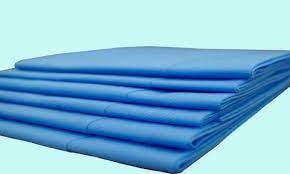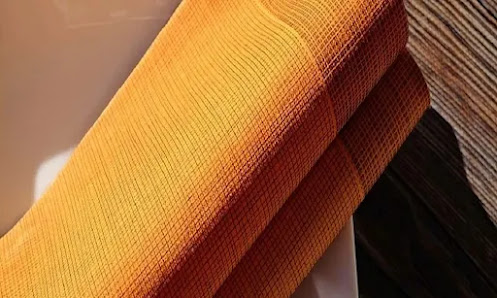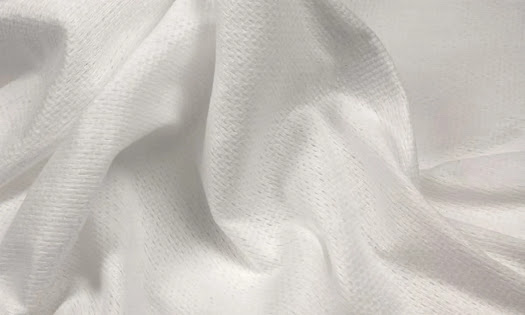How Is Non-Woven Polypropylene Spunbond Made?

One of the most versatile and widely used fabric materials in various industries is a non-woven polypropylene spunbond which is created through a unique manufacturing process. As the name suggests, spunbonding is a one-step manufacturing process that is conducted through either the chemical or polymer stage to finish the non-woven spunbond polypropylene products on a roll. The fibers are bonded together in this process to form a cohesive web-like structure. The fabric is gaining more abundance in use due to its numerous applications, benefits, and cost-effectiveness. Let's delve deeper into the detailed process of how the non-woven polypropylene spunbond is made, its applications, and its benefits. Applications of non-woven polypropylene spunbond The major applications of the non-woven polypropylene spunbond extended over various industries due to many of its desirable properties. Some of the common uses are in manufacturing disposable products such as face masks, surgical gowns,...
.png)





